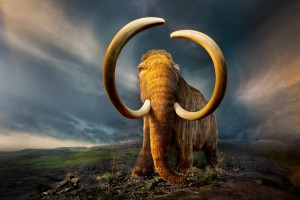This may sound like science fiction, but scientists really are resurrecting lost species.

The Mammoth Cometh
Bringing extinct animals back to life is really happening — and it’s going to be very, very cool. Unless it ends up being very, very bad.
By NATHANIEL RICH (New York Times)
“The first time Ben Novak saw a passenger pigeon, he fell to his knees and remained in that position, speechless, for 20 minutes. He was 16. At 13, Novak vowed to devote his life to resurrecting extinct animals. At 14, he saw a photograph of a passenger pigeon in an Audubon Society book and “fell in love.” But he didn’t know that the Science Museum of Minnesota, which he was then visiting with a summer program for North Dakotan high-school students, had them in their collection. He was shocked when he came across a cabinet containing two stuffed pigeons, a male and a female, mounted in lifelike poses. He was overcome by awe, sadness and the birds’ physical beauty: their bright auburn breasts, slate-gray backs and the dusting of iridescence around their napes that, depending on the light and angle, appeared purple, fuchsia or green. Before his chaperones dragged him out of the room, Novak snapped a photograph with his disposable camera. The flash was too strong, however, and when the film was processed several weeks later, he was haunted to discover that the photograph hadn’t developed. It was blank, just a flash of white light.
In the decade since, Novak has visited 339 passenger pigeons — at the Burke Museum in Seattle, the Carnegie Museum of Natural History in Pittsburgh, the American Museum of Natural History in New York and Harvard’s Ornithology Department, which has 145 specimens, including eight pigeon corpses preserved in jars of ethanol, 31 eggs and a partly albino pigeon. There are 1,532 passenger-pigeon specimens left on Earth. On Sept. 1, 1914, Martha, the last captive passenger pigeon, died at the Cincinnati Zoo…”
For the complete article (it’s really quite wonderful) click here to go to the New York Times Magazine.
Share


